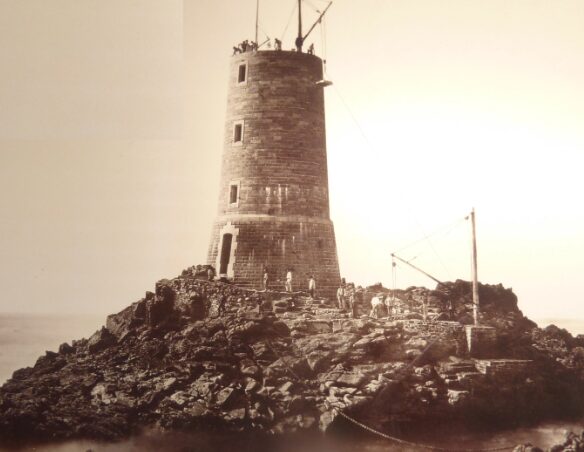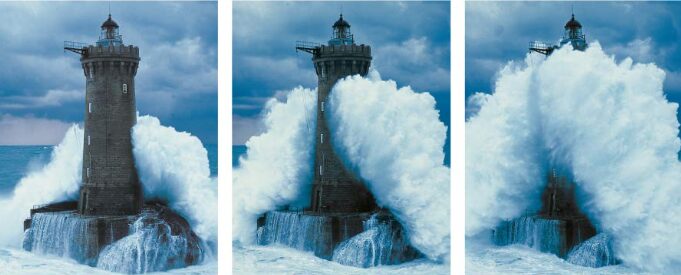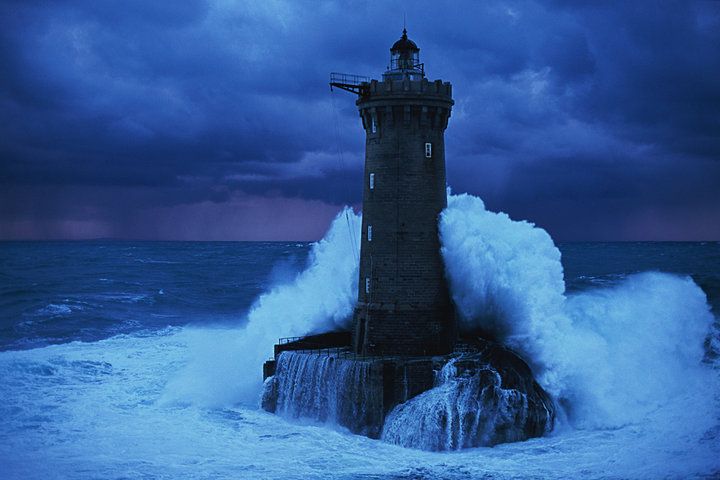Phare du Four, Lighthouse Defies the Atlantic

Standing tall amidst the turbulent waters of the Atlantic Ocean, Phare du Four is not just a lighthouse—it’s a symbol of human resilience and maritime mastery.
Located off the coast of Brittany, France, Phare du Four has been guiding sailors safely through dangerous waters for more than a century.
This towering beacon, perched on a lonely rock, endures the constant battering of waves and storms, making it an awe-inspiring site for travelers and a critical piece of France’s maritime history.
A Lighthouse with a Rich History
Phare du Four was constructed in 1869 as part of a larger effort to improve navigational safety along the rugged French coastline. Built to withstand some of the most violent weather conditions, the lighthouse has saved countless lives by illuminating treacherous waters near the Four Passage a crucial shipping route.
Its architectural design, a cylindrical granite tower rising 28 meters above sea level, reflects the strength needed to resist the immense pressure of the crashing waves.

The lighthouse was fully automated in 1980, but its legacy continues. For anyone exploring Brittany’s coastline, Phare du Four remains a testament to both human ingenuity and the wild beauty of nature. Its location makes it one of the most isolated lighthouses in France, adding to its mystique and allure.
The Atlantic’s Wrath: Phare du Four’s Biggest Challenge
Phare du Four is often referred to as “the lighthouse that defies the Atlantic,” and for good reason. The lighthouse is positioned in one of the most dangerous marine environments, where ferocious winds and waves can reach heights of 30 meters during heavy storms. Despite these extreme conditions, the structure has stood firm, its light never failing to guide sailors to safety.
The constant exposure to the Atlantic’s fury means the lighthouse requires regular maintenance. Saltwater erosion, high winds, and constant battering from storms have worn down the structure over time, but ongoing conservation efforts ensure that Phare du Four remains operational.

How to Visit Phare du Four
Visiting Phare du Four is a true adventure. While the lighthouse itself is not open to the public, it can be viewed from nearby coastal paths or by boat tours that operate out of local harbors such as Le Conquet or Brest. The best time to visit is during the summer months, when the weather is calmer and visibility is clearer, allowing for exceptional photography opportunities.
For those keen on experiencing the raw power of nature, wintertime visits can provide dramatic views of the lighthouse as it faces the full brunt of Atlantic storms.
Phare du Four: A Photographer’s Dream
Whether you are an amateur or professional photographer, Phare du Four offers countless opportunities to capture stunning images. The lighthouse, set against the backdrop of the vast Atlantic, is a dramatic and isolated subject. For the best shots, early morning or late afternoon visits are ideal, as the soft light accentuates the texture of the stone tower and the churning sea below.

Conclusion
Phare du Four stands as a monument to both maritime history and the untamable forces of nature. Its imposing presence on the Atlantic coast of France serves as a reminder of the bravery of sailors and the endurance of human engineering.
